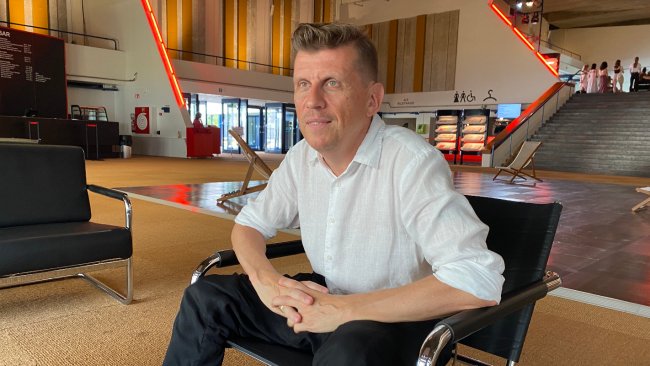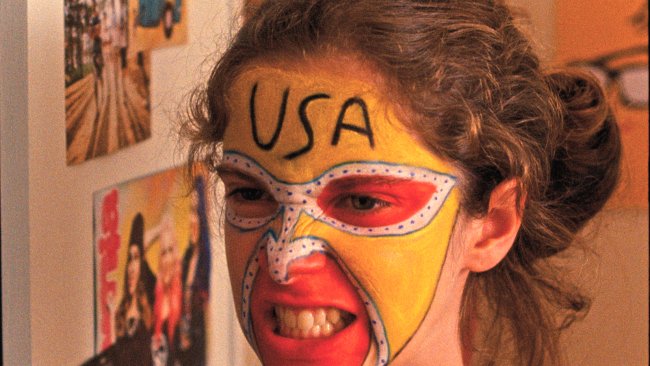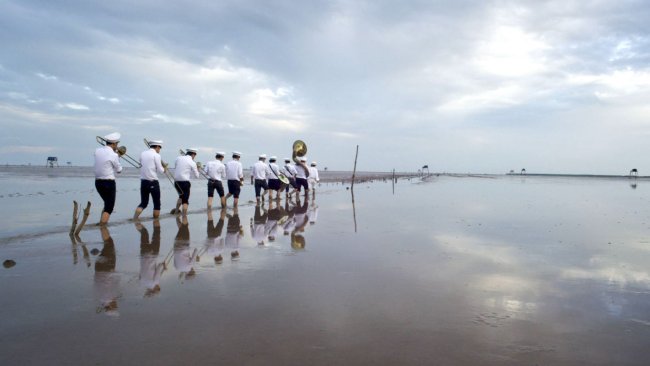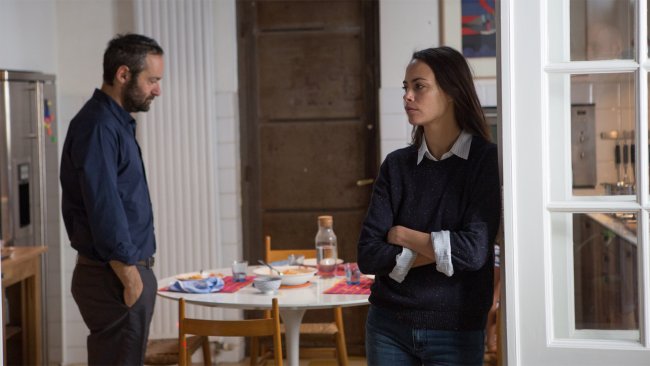Lapü
Text: Giuseppe Di Salvatore
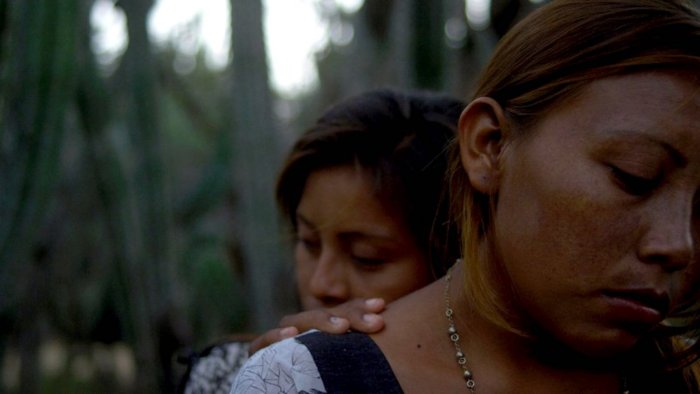
Doris, a young woman of the Wayuu people in the Guajira desert, is going to exhume her cousin in order to give her a second burial. This is the ritual that Lapü describes. This ethnographic approach will never abandon the narrative line of Juan Pablo Polanco and César Alejandro Jaimes’ first feature, and the result would be an exclusively informative documentary if the filmmakers hadn’t made some interesting choices for the camera and the sound. Constantly playing with darkness, the focus of the camera is Doris’ memories, her imaginings, expectations and dreams. The intangibility of this individual matter seems to shape the photography of the film, in dialogue, sometimes contrasting, with the outdoor bright images of the Wayuu community. Doris’ inner world is never actually separated from the common spirituality that she embodies and there is a perfect continuity between the dead and the living.
The delusions of darkness and a cinematic language made of allusions take their full meaning through the absolute centrality of the sound layer, which certainly constitutes Lapü’s structure and soul. Yesid Vasquez for the sound and Antonio Ponce for the sound design – together with the foley team – deserve more than a mention for this film. Some sequences with the completely dark screen invite the viewer to close their eyes, sometimes, to create another continuity, between the film and our own memories, imaginings, expectations and dreams. In this both fictional and real world, far from the Colombian desert and from the ethnological gaze, another film can flourish…
